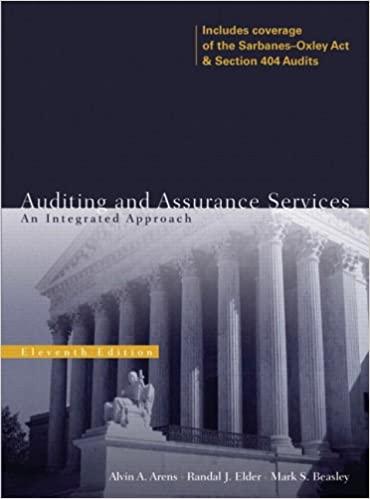Question
The California and Hawaiian Sugar Company (C&H), a California corporation, is an agricultural cooperative owned by 14 sugar plantations in Hawaii. It transports raw sugar
The California and Hawaiian Sugar Company (C&H), a California corporation, is an agricultural cooperative owned by 14 sugar plantations in Hawaii. It transports raw sugar to its refinery in Crockett, California. Sugar is a seasonal crop, with about 70 percent of the harvest occurring between April and October. C&H requires reliable seasonal shipping of the raw sugar from Hawaii to California. Sugar stored on the ground or left unharvested suffers a loss of sucrose and goes to waste. After C&H was notified by its normal shipper that it would be withdrawing its services as of January 1981. C&H commissioned the design of a large hybrid vessel--a tug of a catamaran design consisting of a barge attached to the tug. After substantial negotiations, C&H contracted with Sun Ship, Inc. (Sun Ship), a Pennsylvania corporation, to build the vessel for $25,405,000. The contract, which was signed in the fall of 1979, provided a delivery date of June 30, 1981. The contract also contained a liquidated damage clause calling for a payment of $17,000 per day for each day that the vessel was not delivered to C&H after June 30, 1981. Sun Ship did not complete the vessel until March 16, 1982. The vessel was commissioned in mid-July 1982 and christened the Moku Pahu. During the 1981 season, C&H was able to find other means of shipping the crop from Hawaii to its California refinery. Evidence established that actual damages suffered by C&H because of the nonavailability of the vessel from Sun Ship were $368,000. When Sun Ship refused to pay the liquidated damages, C&H filed suit to require $4,413,000 in liquidated damages under the contract. The district court entered judgment in favor of C&H and awarded the corporation $4,413,000 plus interest. Sun Ship appealed. Case Question Brief the facts of the case and assume your boss is seeking your opinions on whether the use of liquidated damage clauses in contracts is good or bad for your business by giving examples of when the clause should and should not be used? Provide convincing arguments for both sides of this issue.
Step by Step Solution
There are 3 Steps involved in it
Step: 1

Get Instant Access to Expert-Tailored Solutions
See step-by-step solutions with expert insights and AI powered tools for academic success
Step: 2

Step: 3

Ace Your Homework with AI
Get the answers you need in no time with our AI-driven, step-by-step assistance
Get Started


